Along the coasts of Vietnam, wherever there are fishermen making a living from fishing, there are seafood markets. If you want to discover a part of the culture of coastal residents, visitors should visit the seafood markets, especially in the early morning when the boats return with the bounty of the sea full of fish and shrimp.
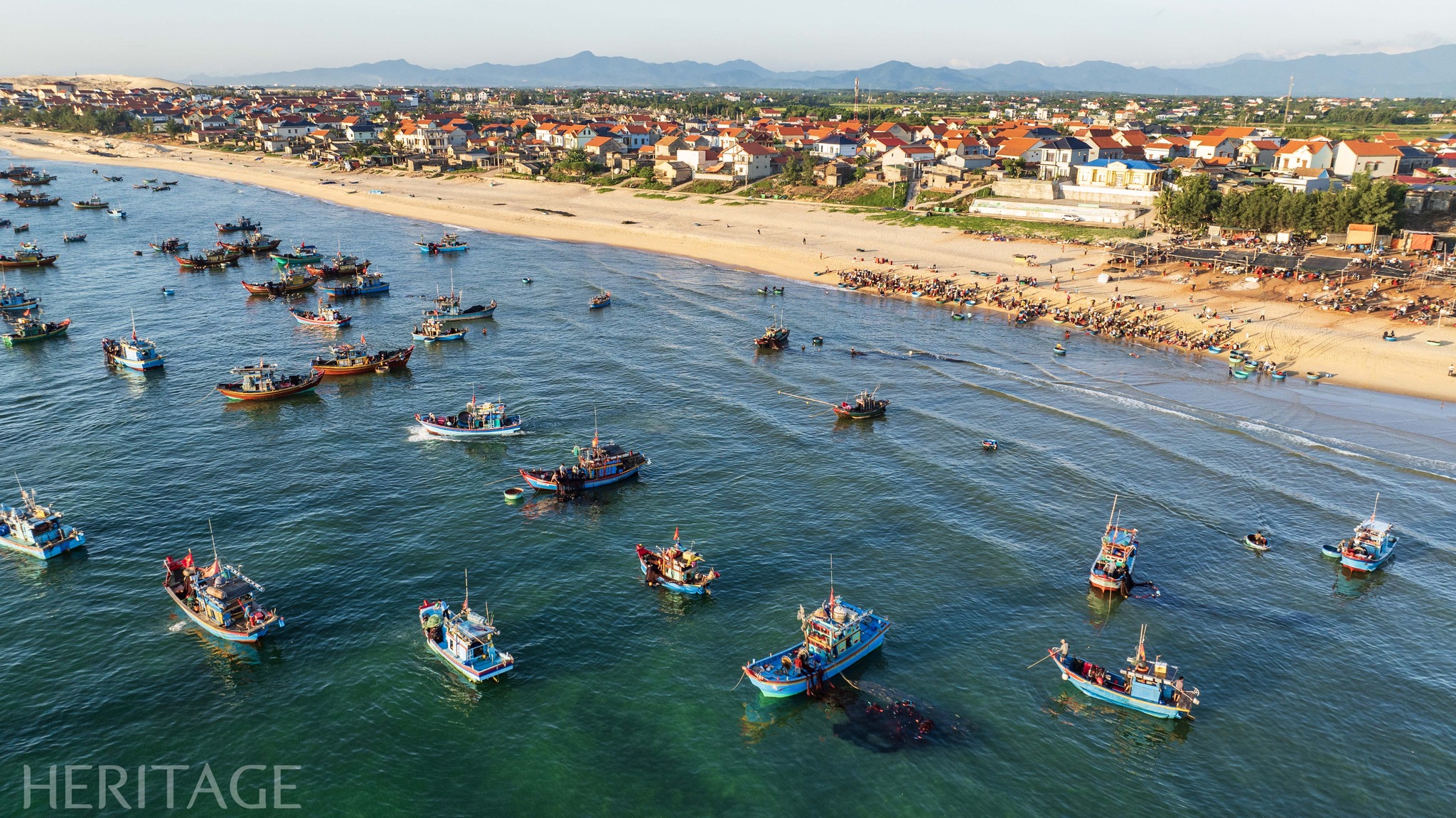
I still have the habit of waking up early, asking the locals to go to the fish market every time I go to the sea. The cool breeze with the salty scent is the gift that nature gives at the beginning of the day. Only by being near the sea can we feel that precious freedom and openness.
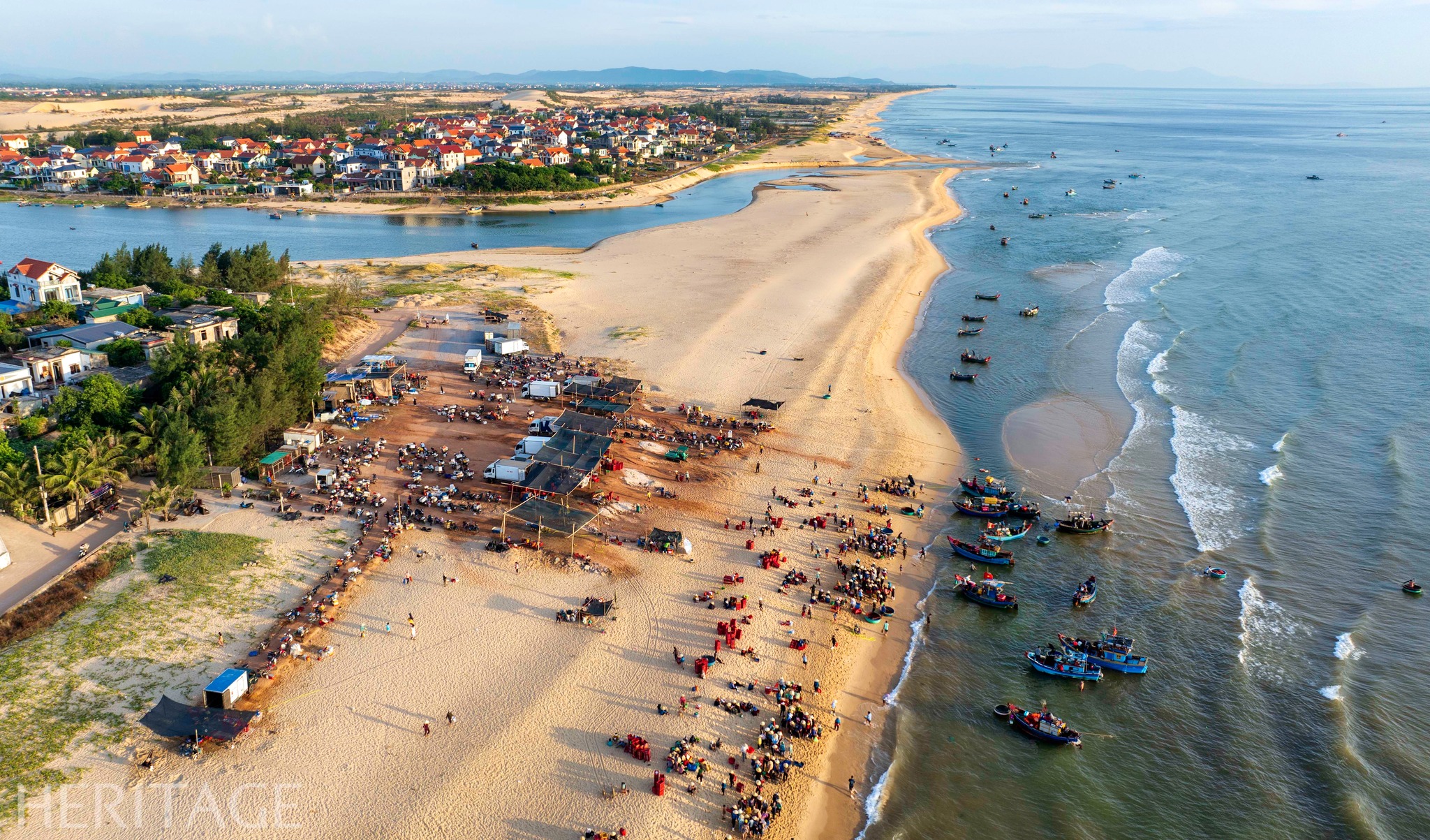 The bustling sound echoed from afar on the way to the market, the sounds of life in the sand area became clearer and clearer.
The bustling sound echoed from afar on the way to the market, the sounds of life in the sand area became clearer and clearer. 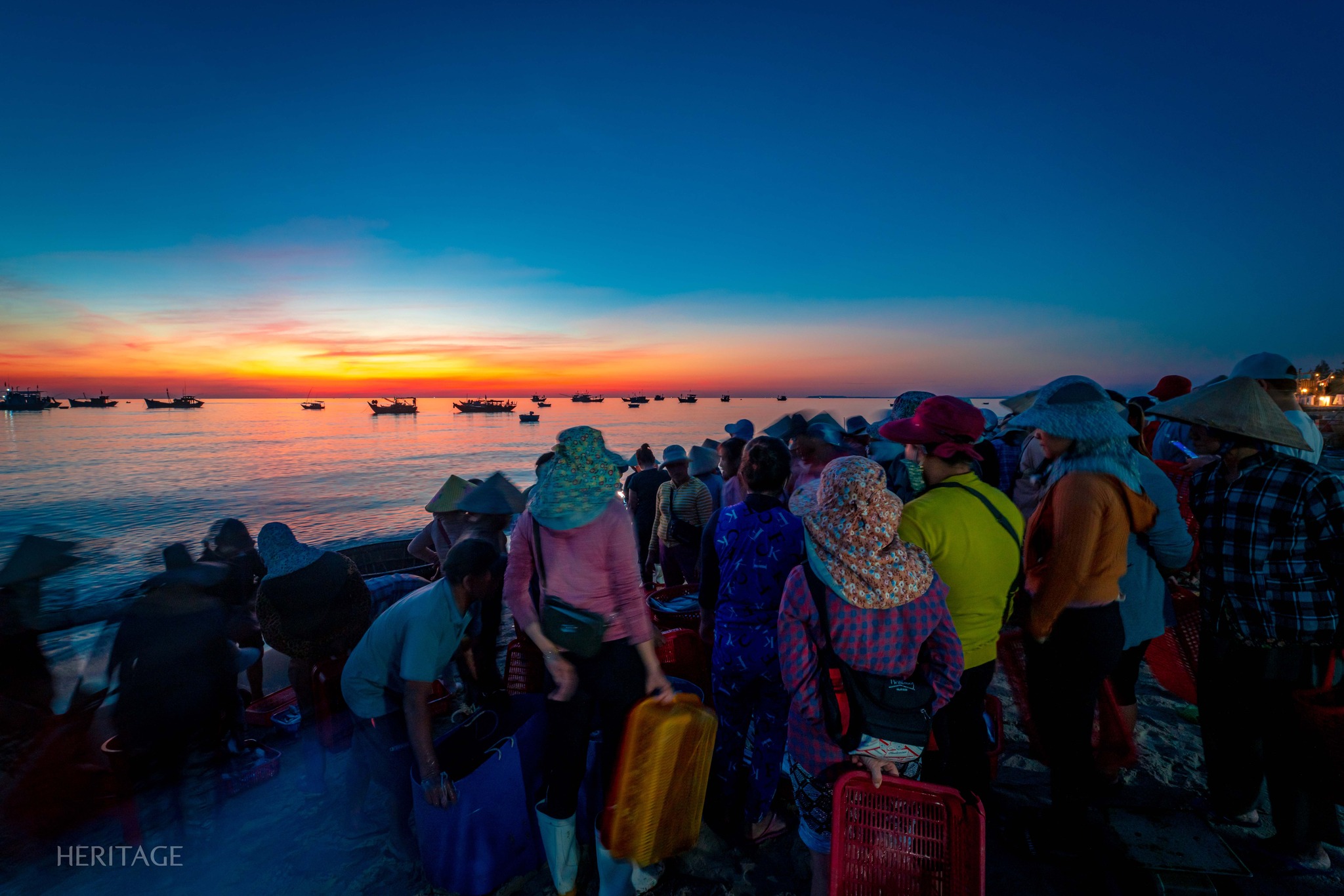 Fish and seafood markets are usually held right next to the water's edge from dawn. Women are talking and laughing, carrying baskets or carrying poles on their shoulders, and their eyes are always on the sea, where boats are preparing to dock. In coastal areas, fishermen only go to sea during the day, so the seafood is still fresh and not yet frozen.
Fish and seafood markets are usually held right next to the water's edge from dawn. Women are talking and laughing, carrying baskets or carrying poles on their shoulders, and their eyes are always on the sea, where boats are preparing to dock. In coastal areas, fishermen only go to sea during the day, so the seafood is still fresh and not yet frozen. 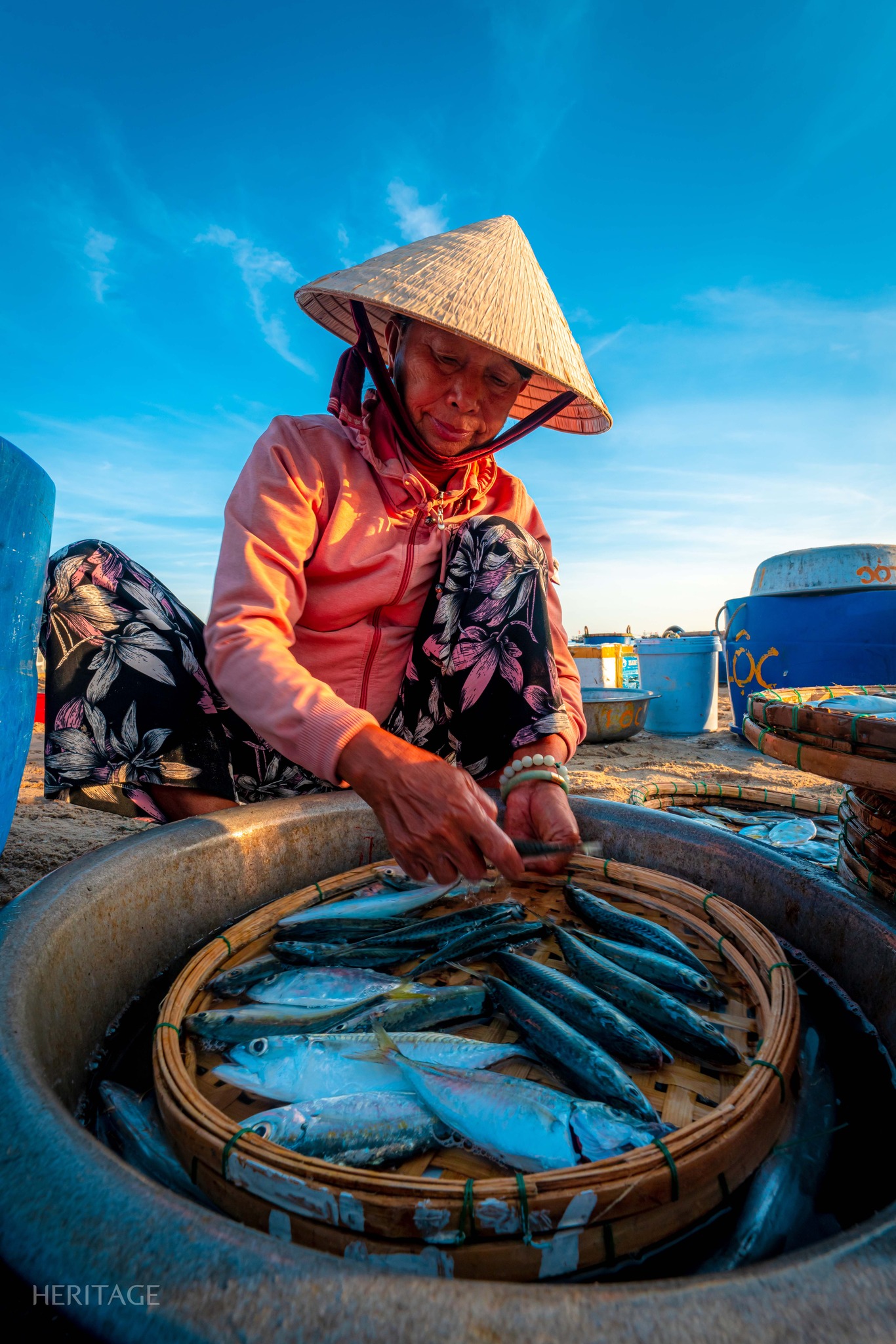 The boat approaches the shore, people rush into the water, sometimes waist-deep to catch the boat, quickly reaching out to catch the shrimp, fish, squid, etc. The fishermen have strong bodies, shiny black skin, and bright "harvest" smiles. The distinctive accents of each region are clearly shown in these markets. The dialects that only the locals can understand make tourists feel a bit strange, but they always feel the strong and sincere "soul of the sea" from the voices and laughter that resonate.
The boat approaches the shore, people rush into the water, sometimes waist-deep to catch the boat, quickly reaching out to catch the shrimp, fish, squid, etc. The fishermen have strong bodies, shiny black skin, and bright "harvest" smiles. The distinctive accents of each region are clearly shown in these markets. The dialects that only the locals can understand make tourists feel a bit strange, but they always feel the strong and sincere "soul of the sea" from the voices and laughter that resonate. 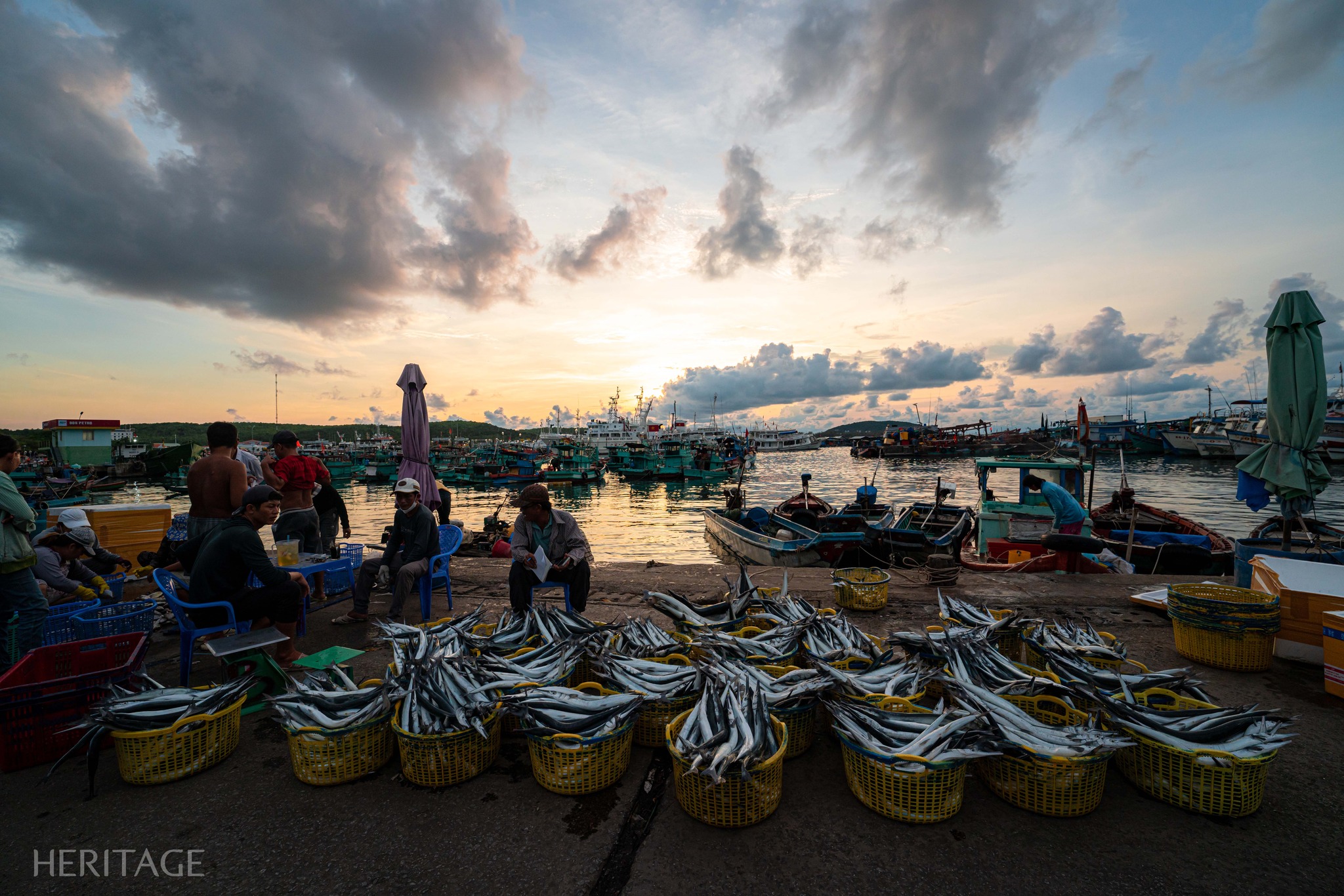 I used to “strain my ears” to listen to people talking in the coastal markets of the Central region such as Hai Tien (Thanh Hoa), Quynh Luu, Dien Chau, Cua Lo (Nghe An), Dong Hoi (Quang Binh), Tam Tien ( Quang Nam ). “Catching a few fish” but I felt the rhythm of the sea life, saw the hardships of making a living or learned more about the working, living and trading customs of each locality.
I used to “strain my ears” to listen to people talking in the coastal markets of the Central region such as Hai Tien (Thanh Hoa), Quynh Luu, Dien Chau, Cua Lo (Nghe An), Dong Hoi (Quang Binh), Tam Tien ( Quang Nam ). “Catching a few fish” but I felt the rhythm of the sea life, saw the hardships of making a living or learned more about the working, living and trading customs of each locality. 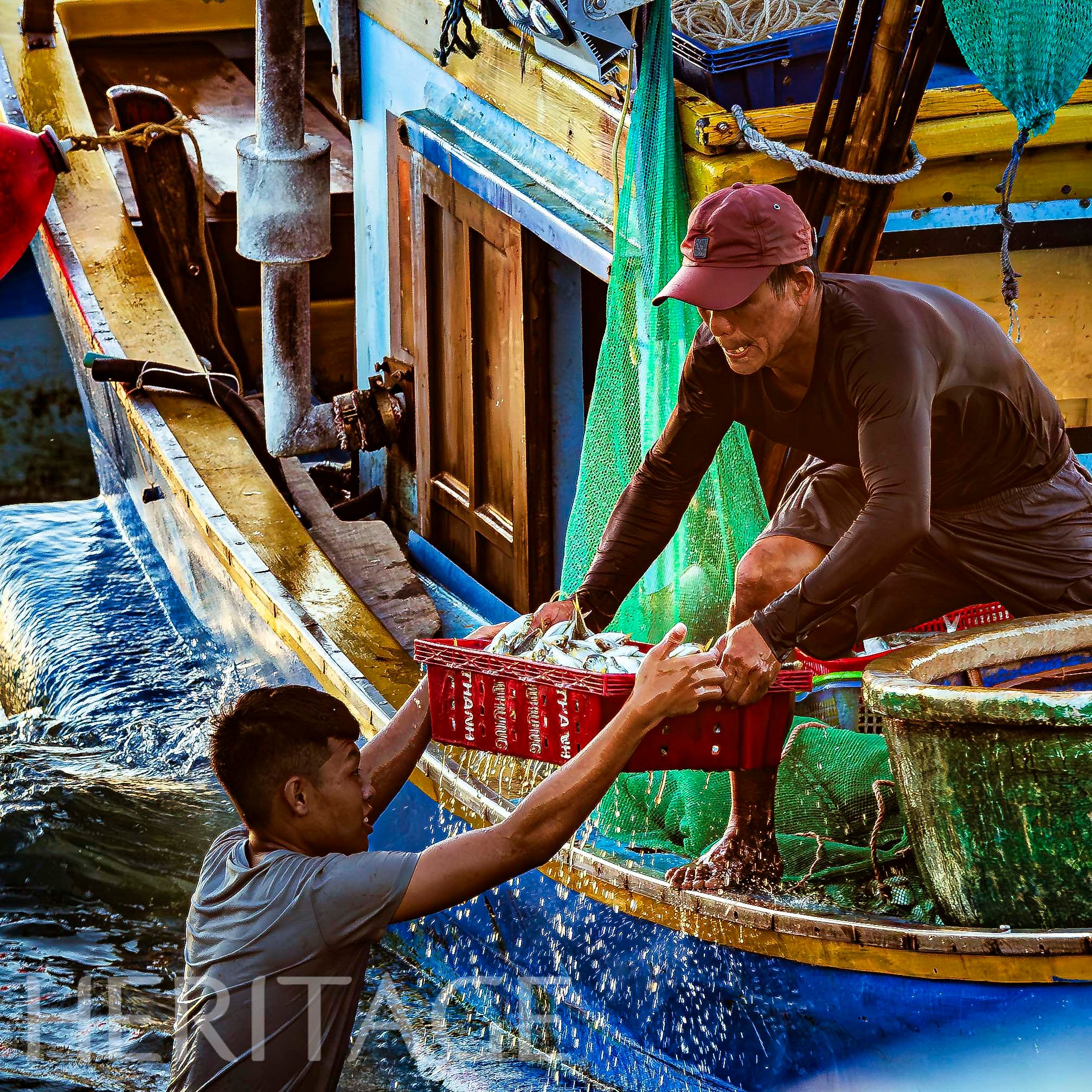
Each sea area, each season, depending on the tide and fishing method, will harvest different types of seafood. If fishermen go boating during the day, they catch seafood close to shore, including shrimp, prawns, crabs, squid, cuttlefish, sardines, snappers, mackerel, herring, anchovies, etc. Traders will then choose the items they want to trade, approach, bargain and then buy them. Sometimes they sell them to customers right on the shore, sometimes they transport them to larger local markets. There are also fish sauce factory owners who go to the fish market to choose fresh ingredients - a prerequisite for having delicious, flavorful batches of fish sauce.
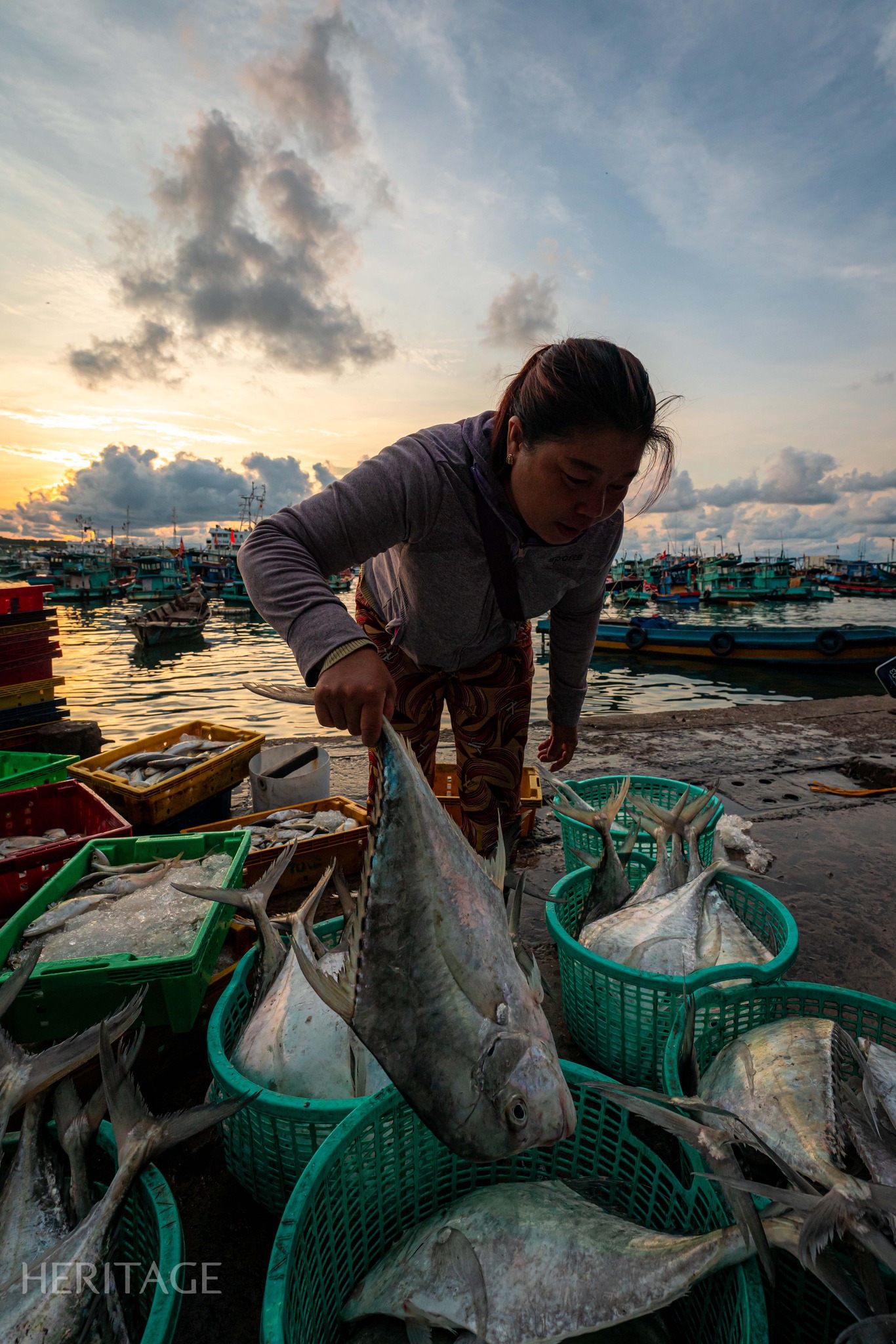 In places with offshore fishing fleets, the products will be more diverse, including both small fish and large fish such as mackerel, cobia, ocean tuna, etc. These types of fish, after being pulled from the net, will be classified by fishermen and iced or stored in deep cold storage on the ship to ensure freshness. If you come to Binh Dinh, visitors should go to Tam Quan fishing port to see the scene of "carrying fish" when the ship docks. Not only men but also women participate in transporting large tuna on their shoulders, weighing up to several dozen kilograms.
In places with offshore fishing fleets, the products will be more diverse, including both small fish and large fish such as mackerel, cobia, ocean tuna, etc. These types of fish, after being pulled from the net, will be classified by fishermen and iced or stored in deep cold storage on the ship to ensure freshness. If you come to Binh Dinh, visitors should go to Tam Quan fishing port to see the scene of "carrying fish" when the ship docks. Not only men but also women participate in transporting large tuna on their shoulders, weighing up to several dozen kilograms. 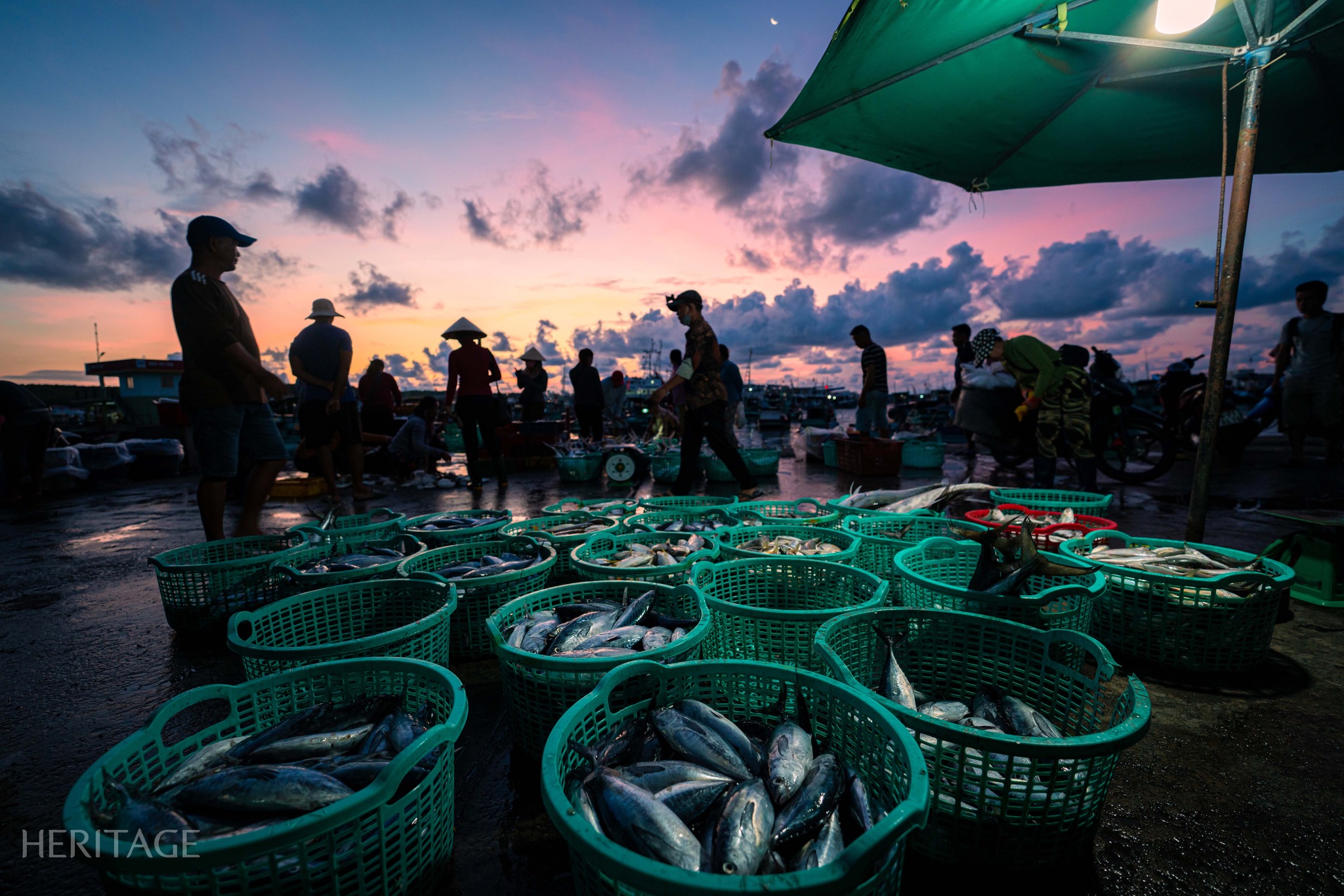 When visiting the long-standing An Thoi fishing port in Phu Quoc ( Kien Giang ), tourists will be "satisfied" when witnessing the bustling "scene" of fishing boats returning with abundant seafood resources, from baskets of anchovies, the raw material for the Pearl Island's specialty fish sauce, to batches of fresh mackerel, shark, and cobia.
When visiting the long-standing An Thoi fishing port in Phu Quoc ( Kien Giang ), tourists will be "satisfied" when witnessing the bustling "scene" of fishing boats returning with abundant seafood resources, from baskets of anchovies, the raw material for the Pearl Island's specialty fish sauce, to batches of fresh mackerel, shark, and cobia.Heritage Magazine









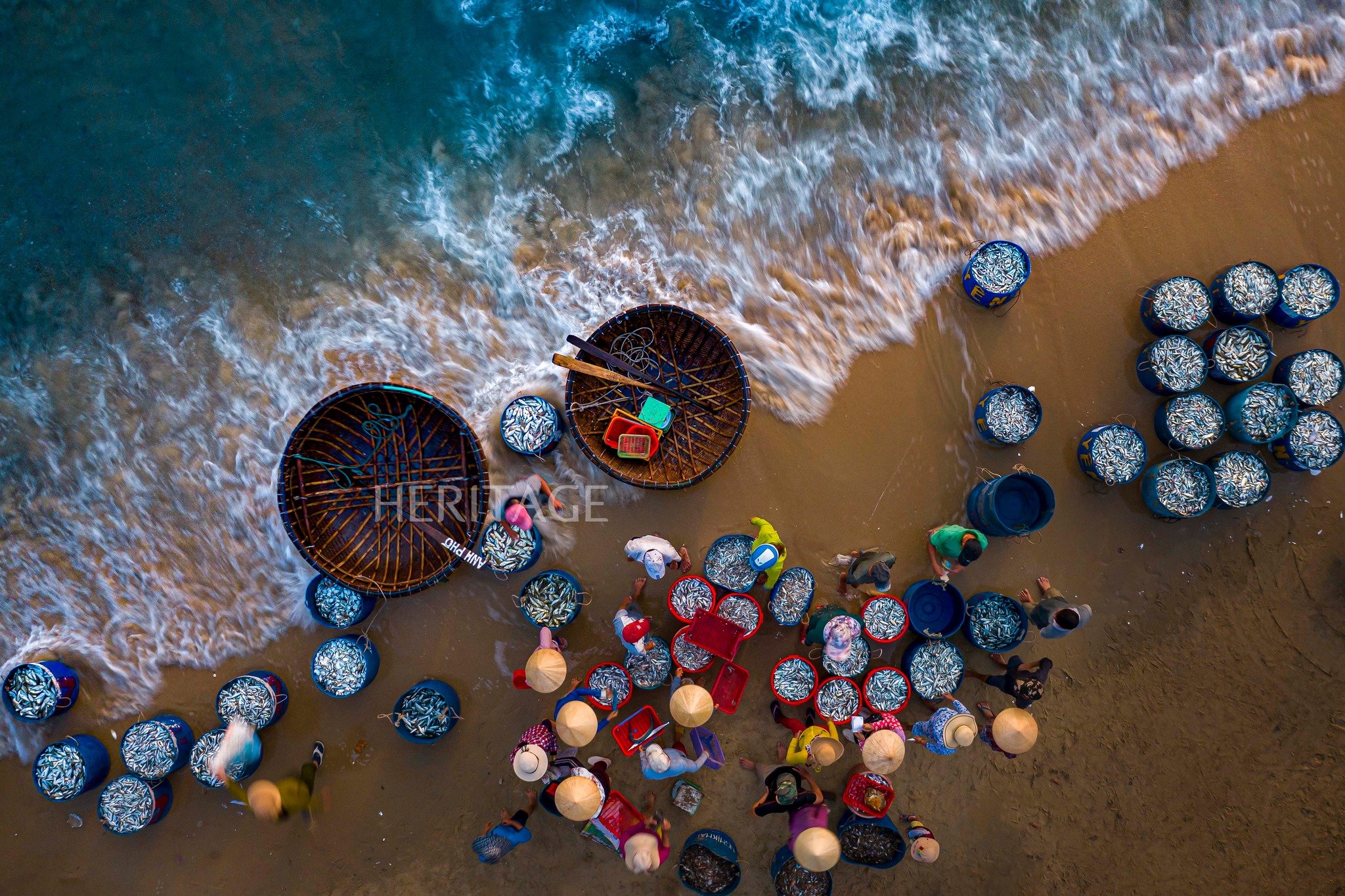

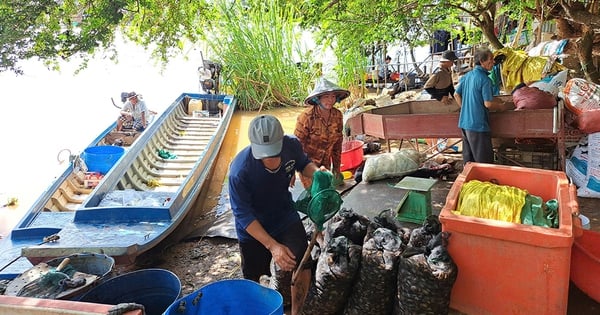

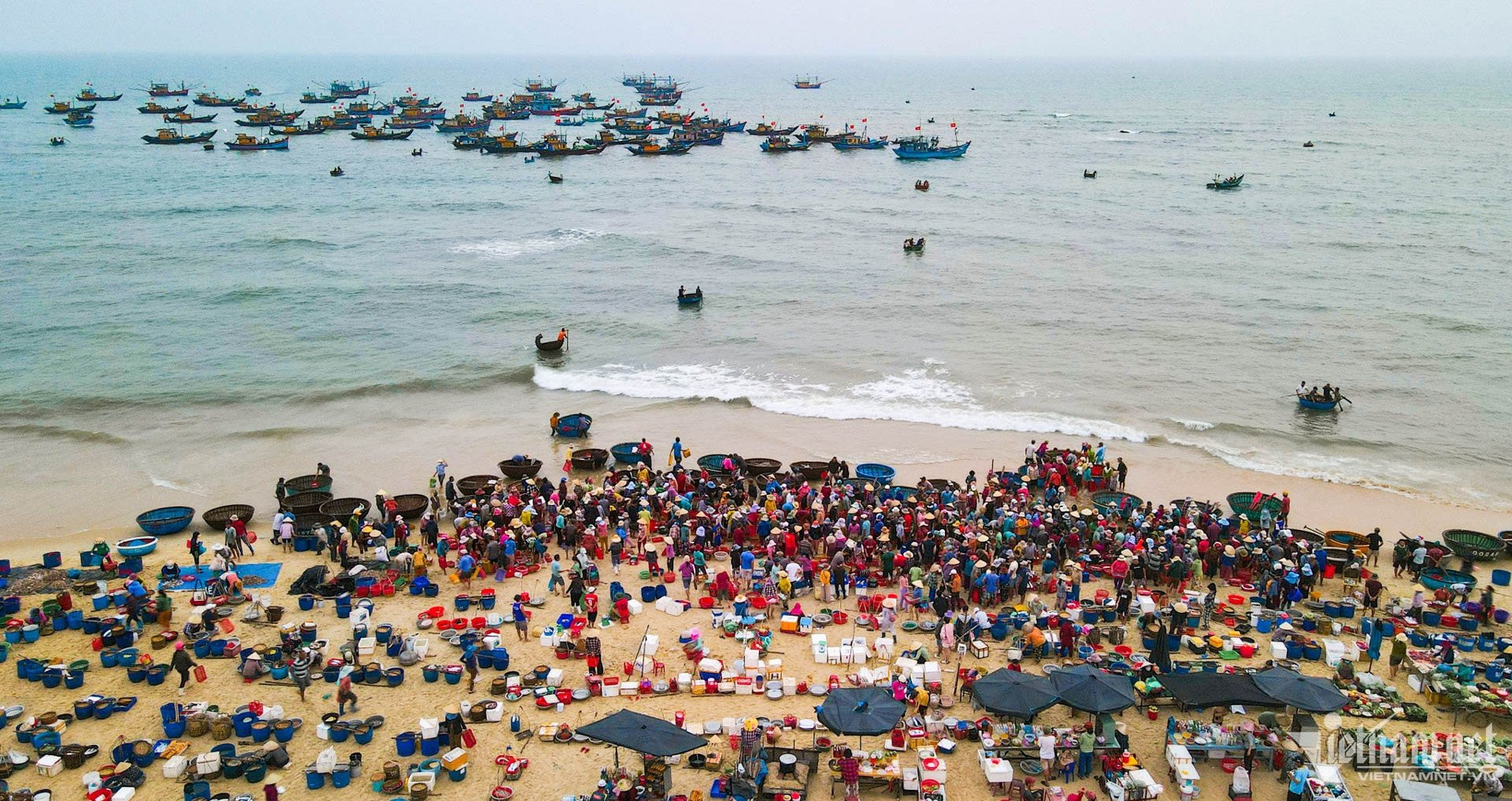

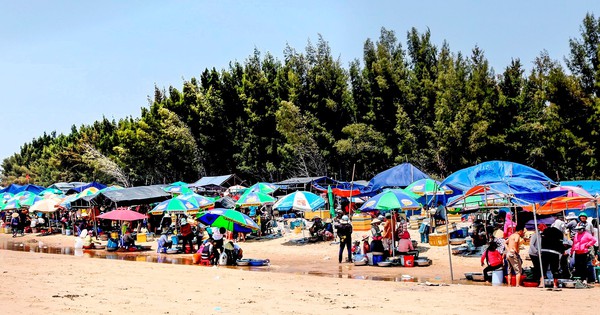

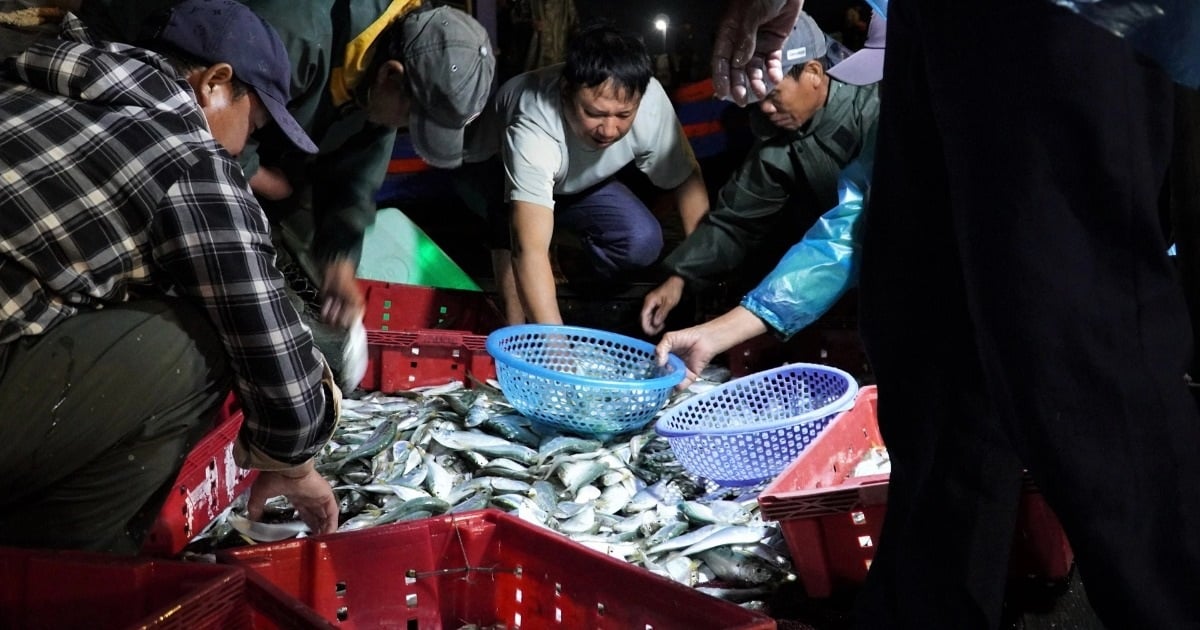


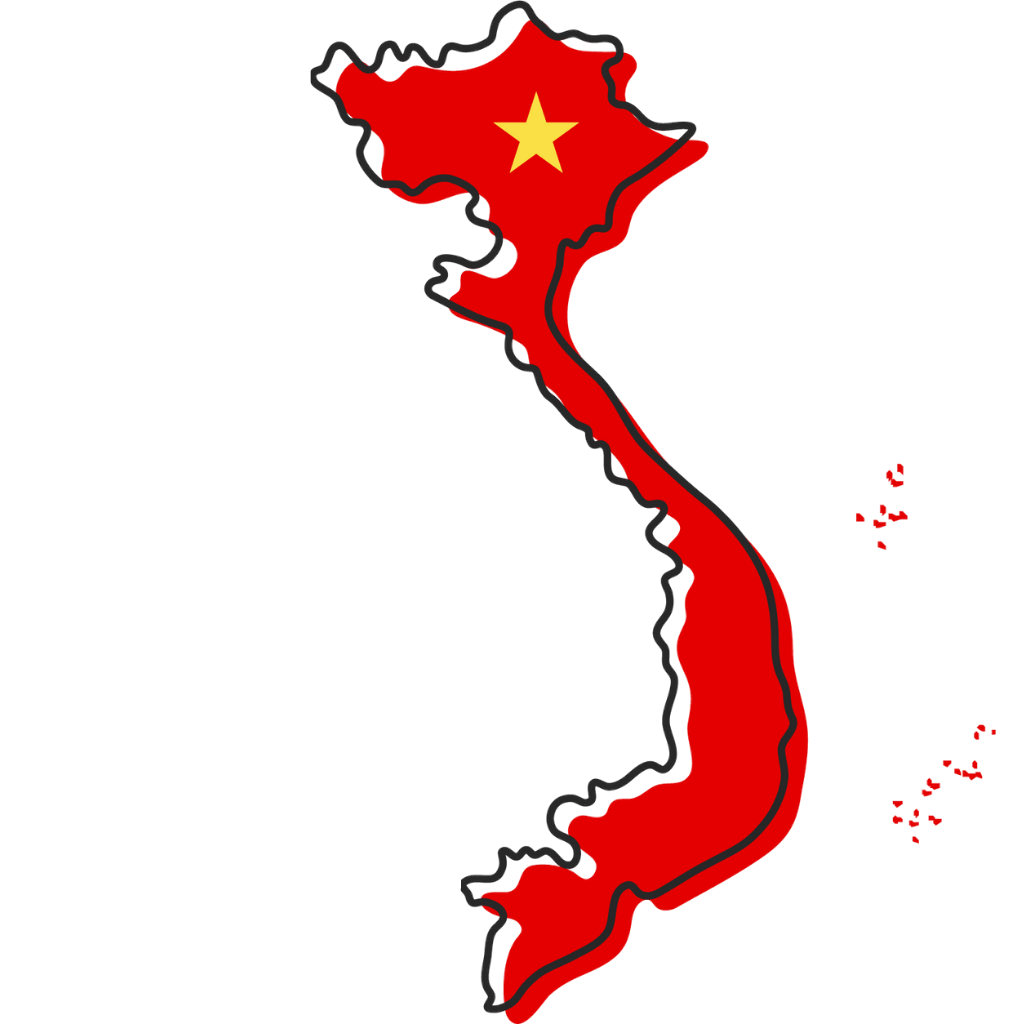
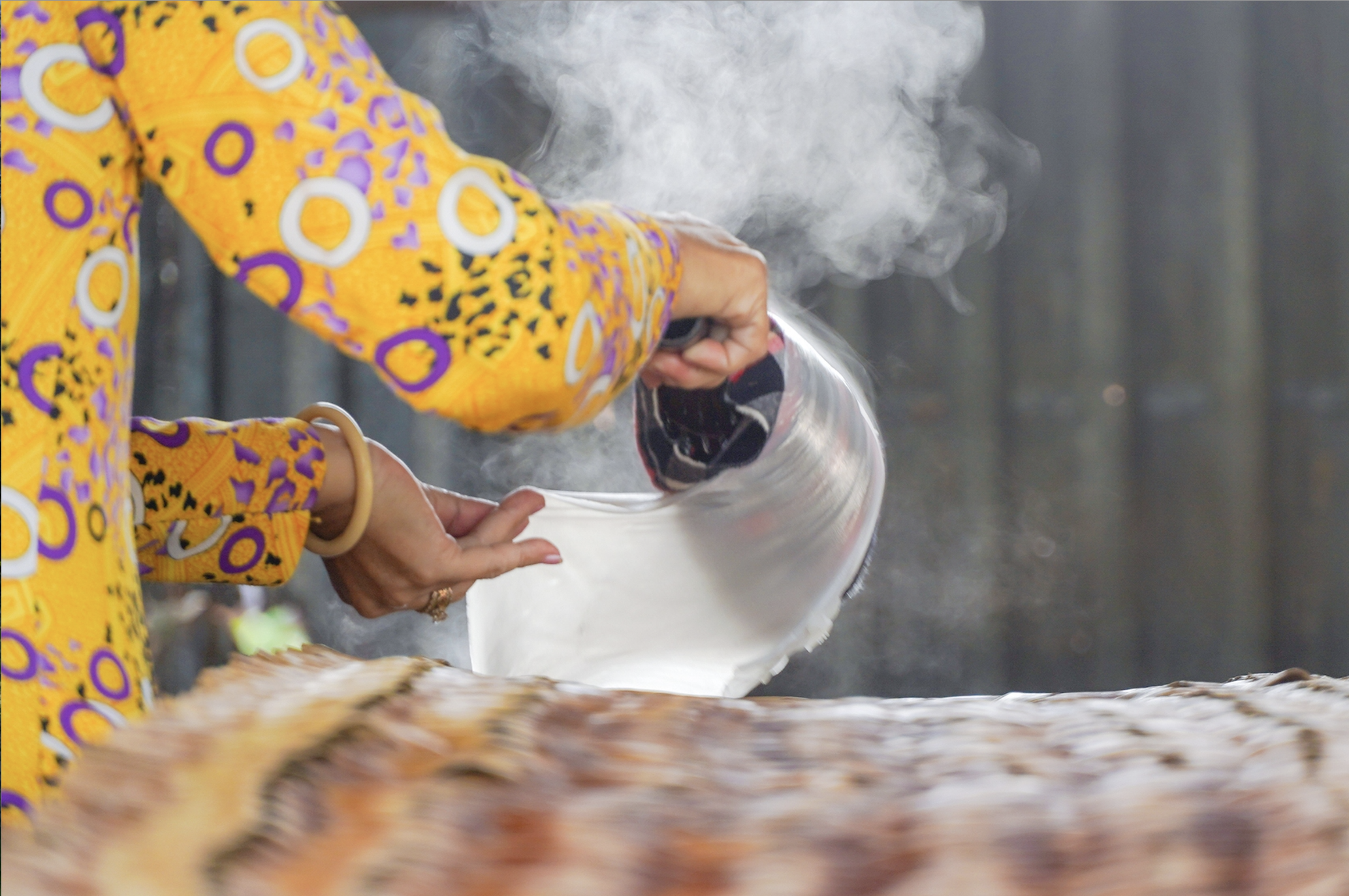

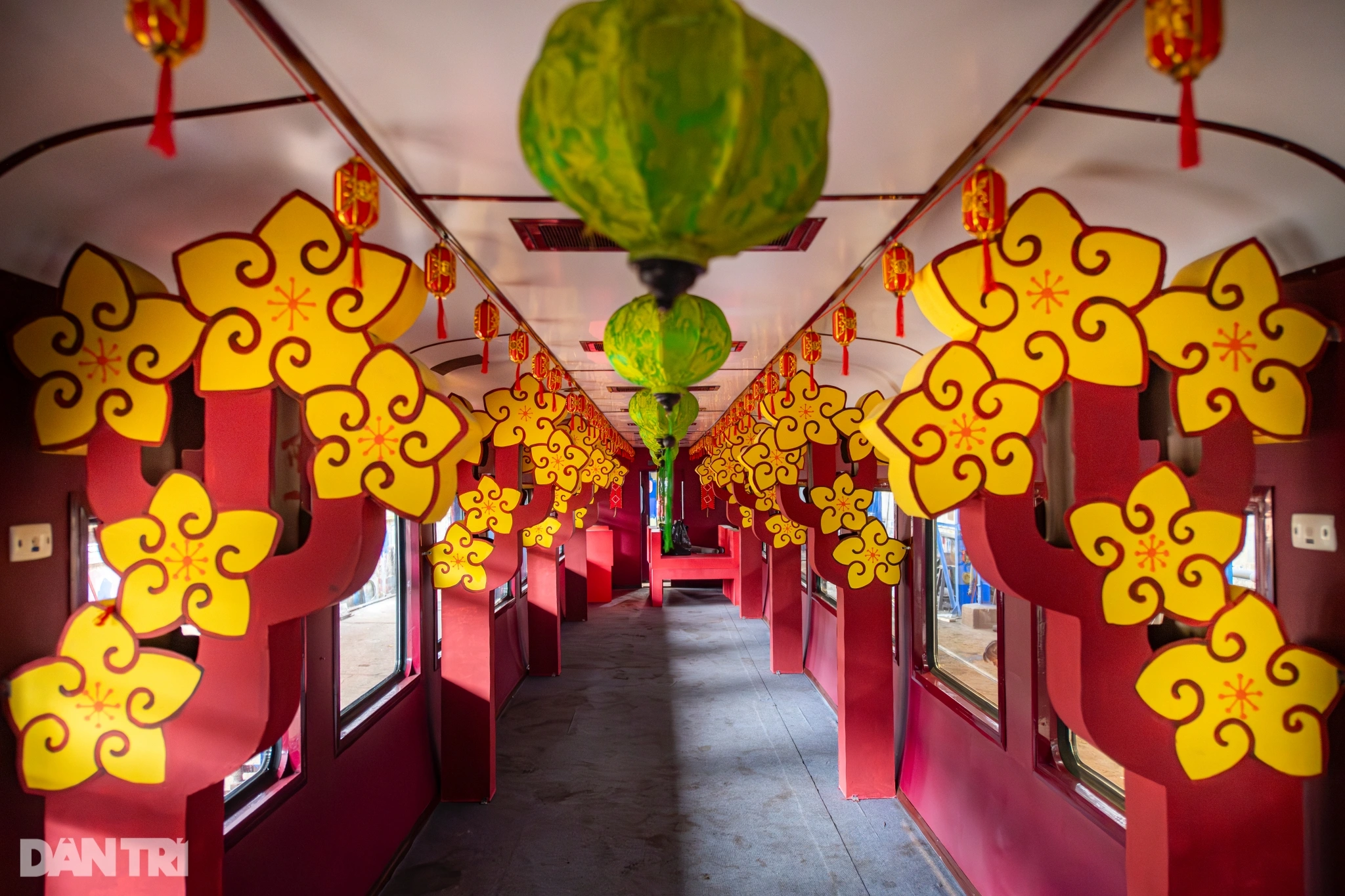

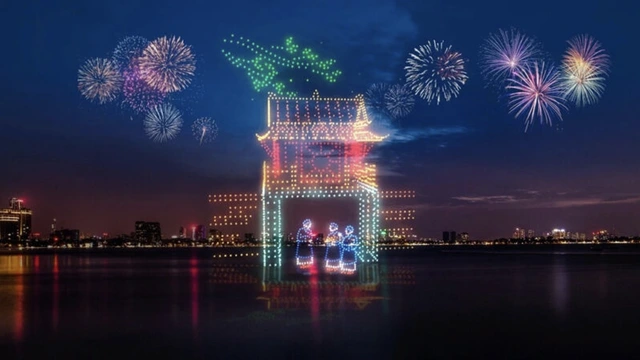





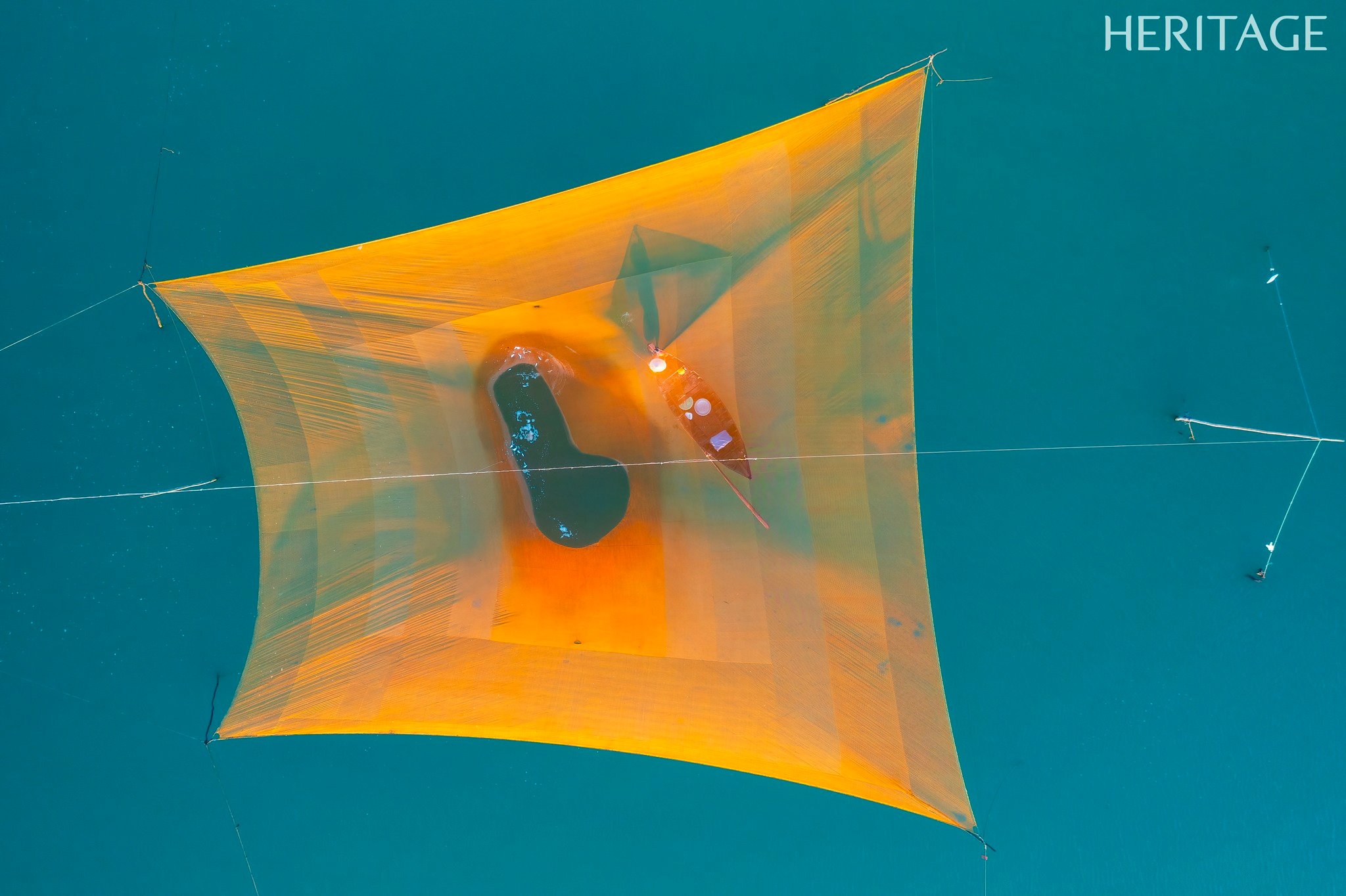


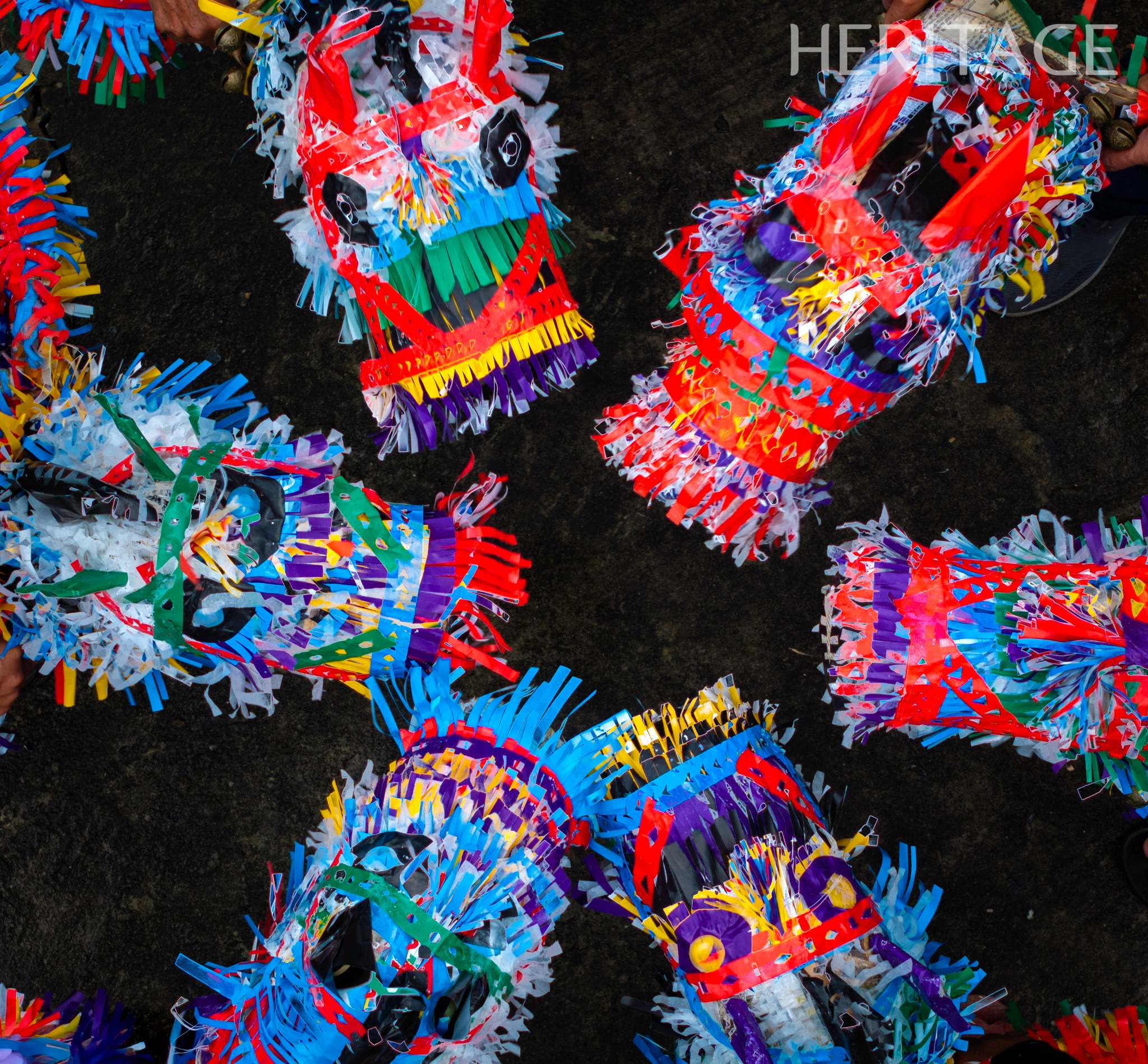


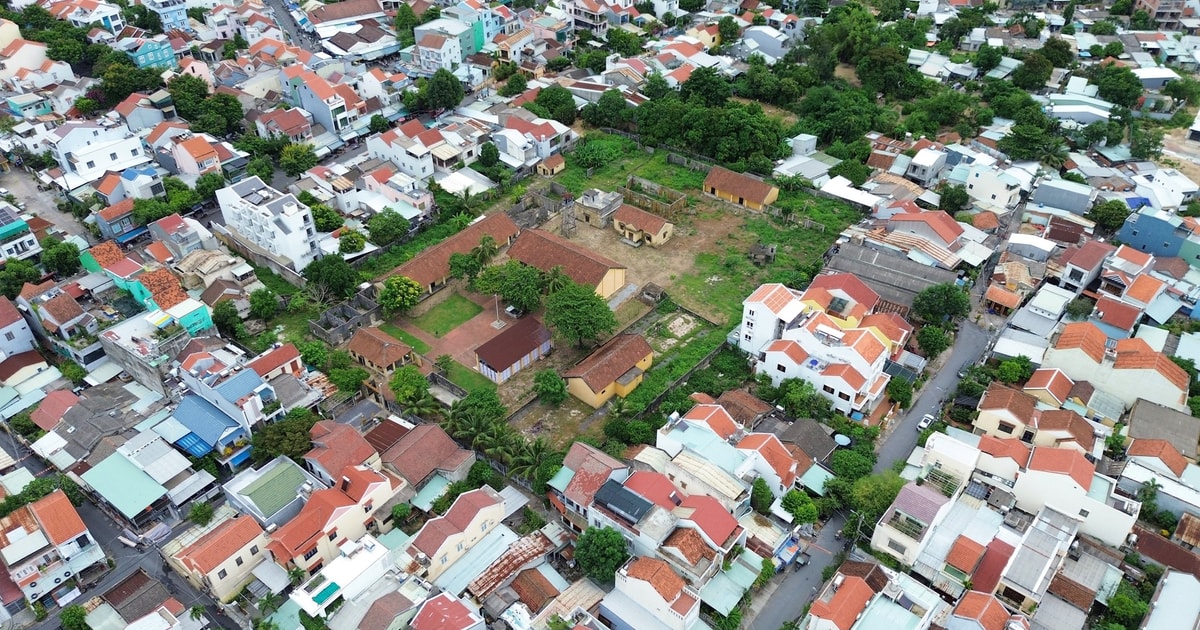

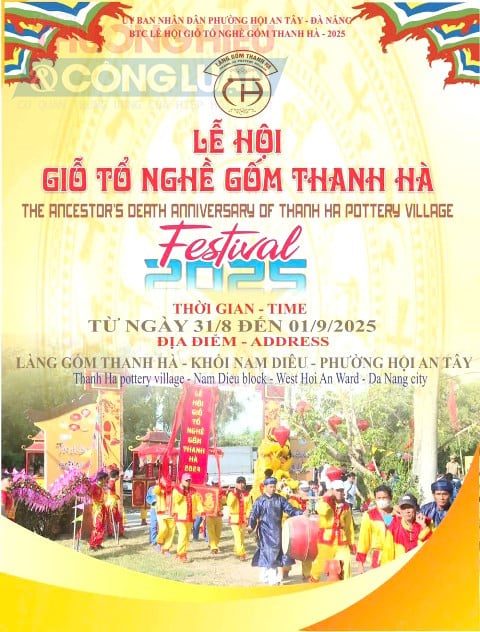

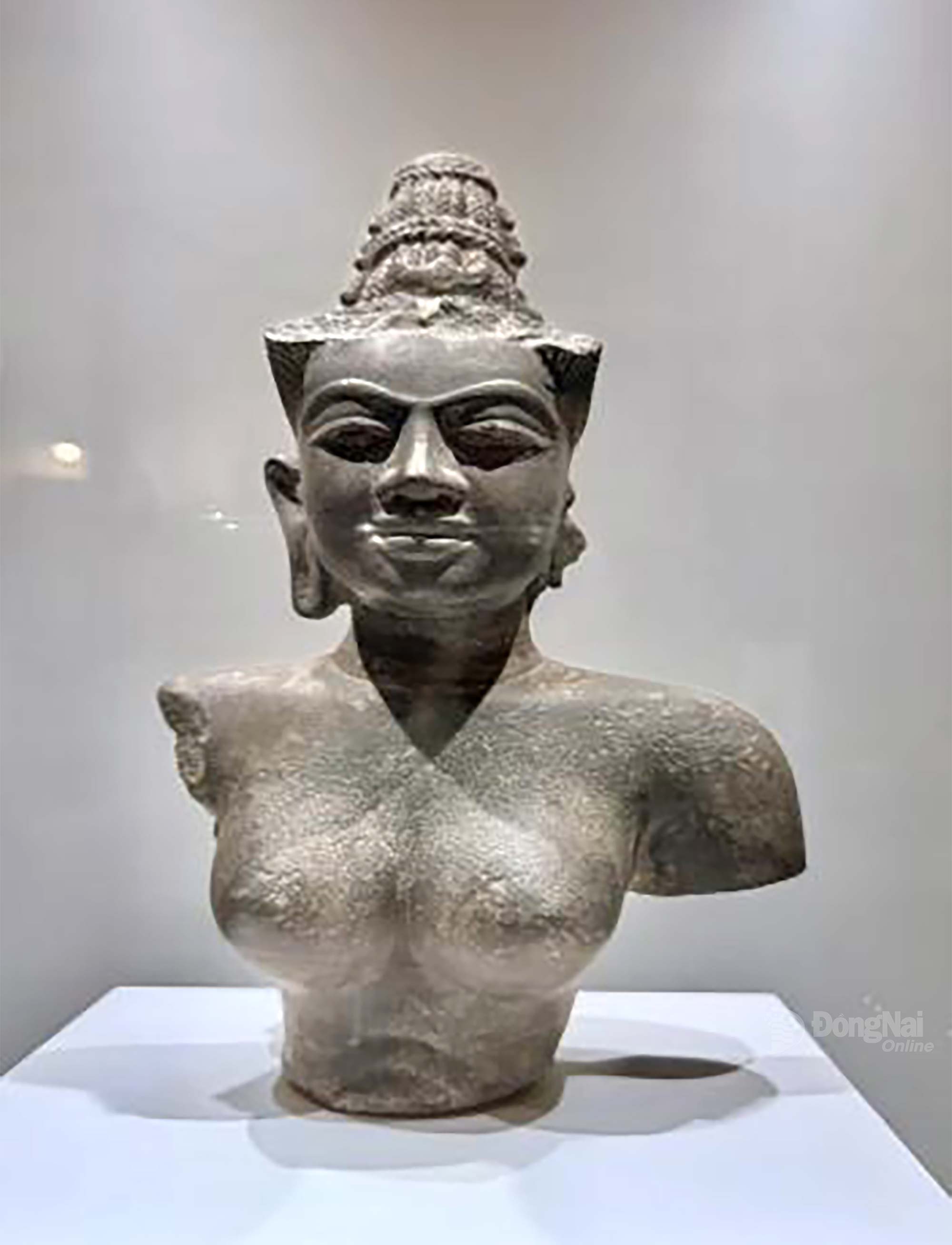







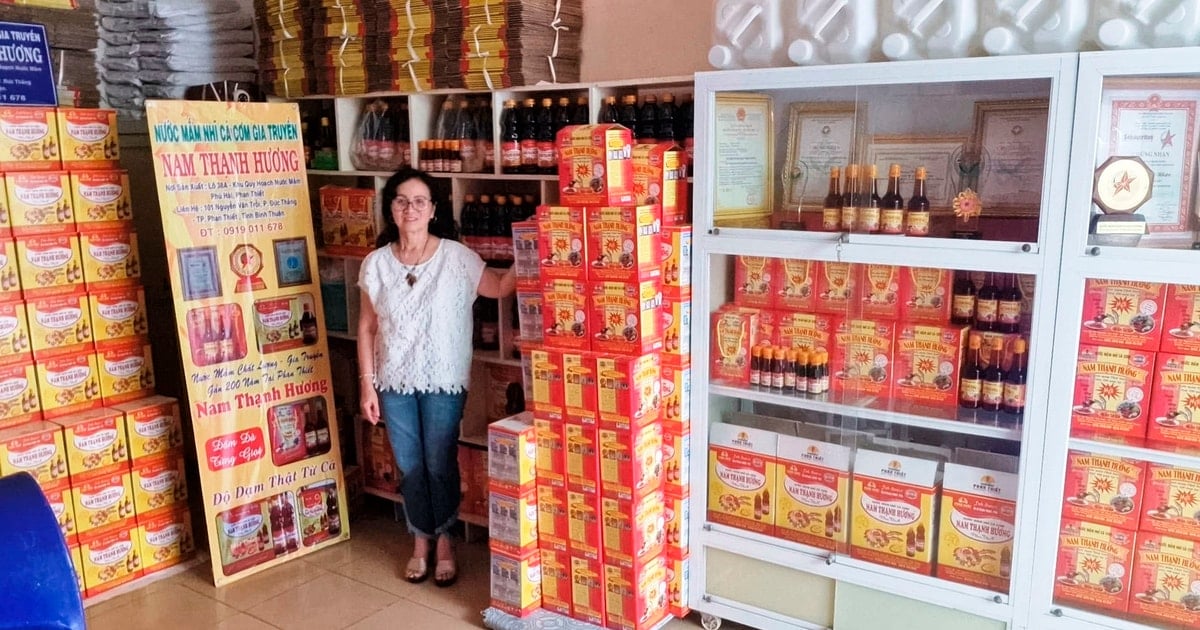



















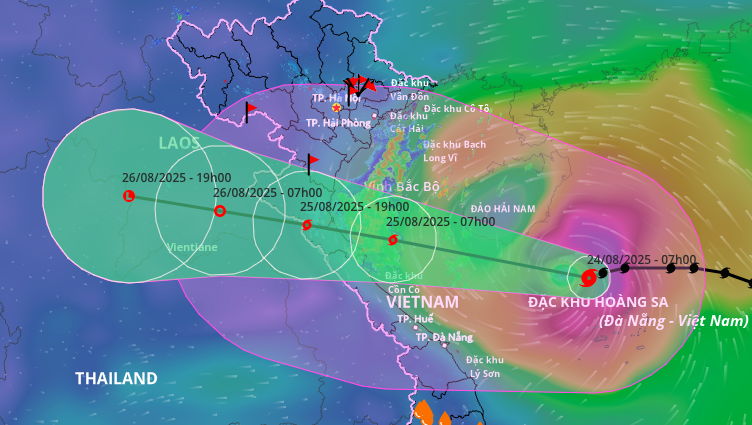













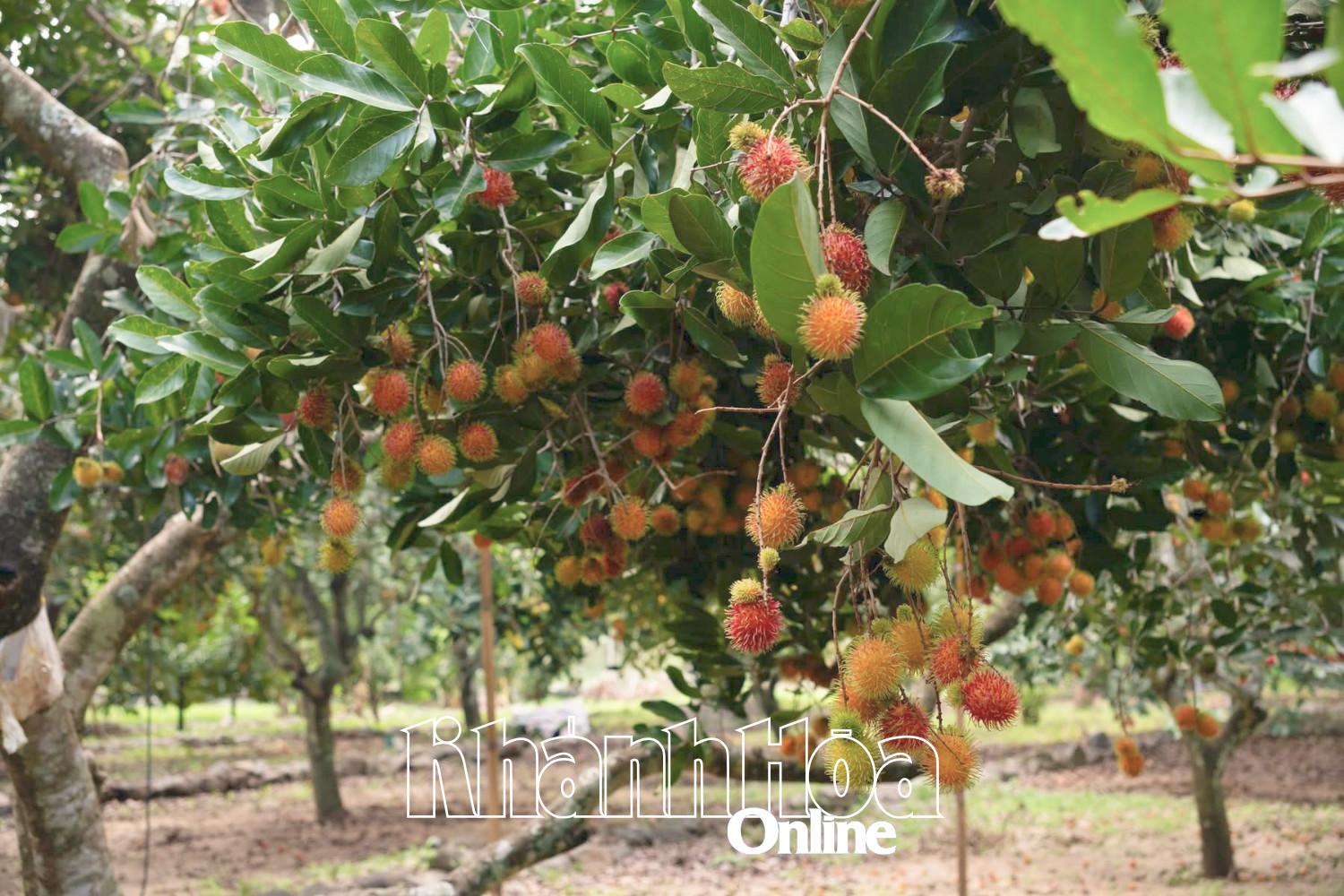

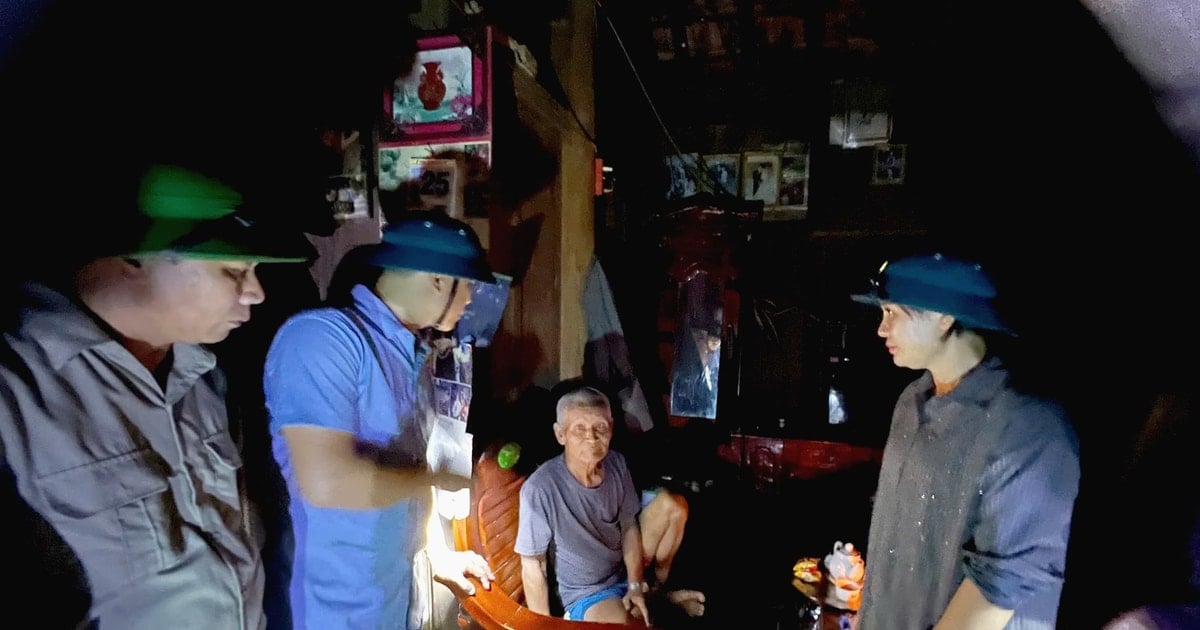

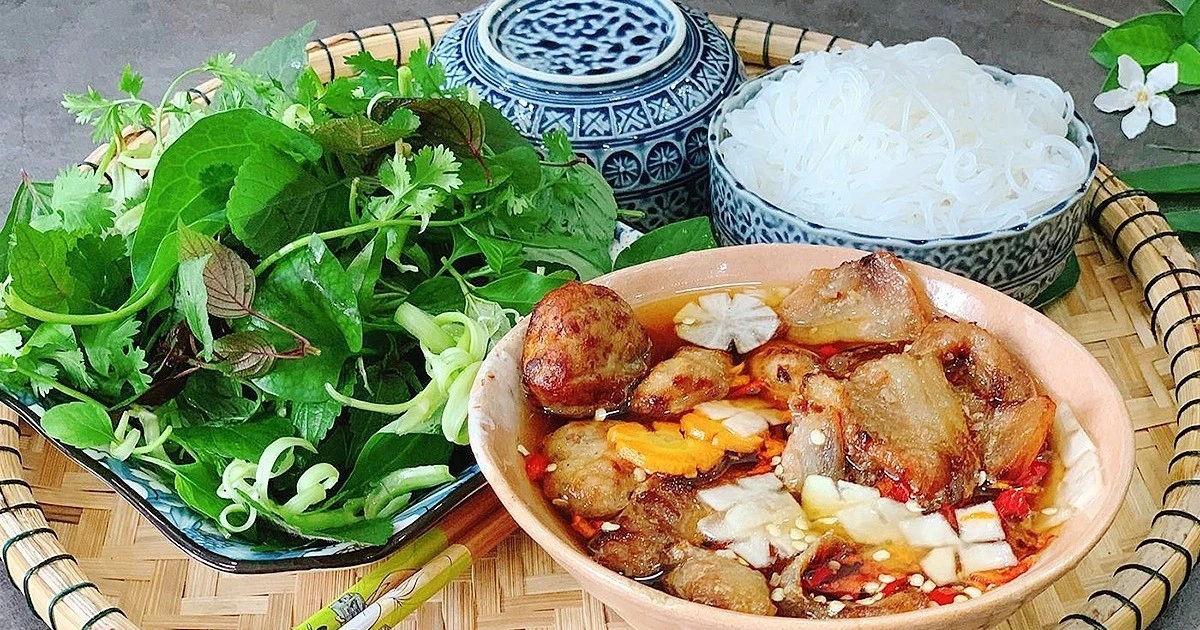

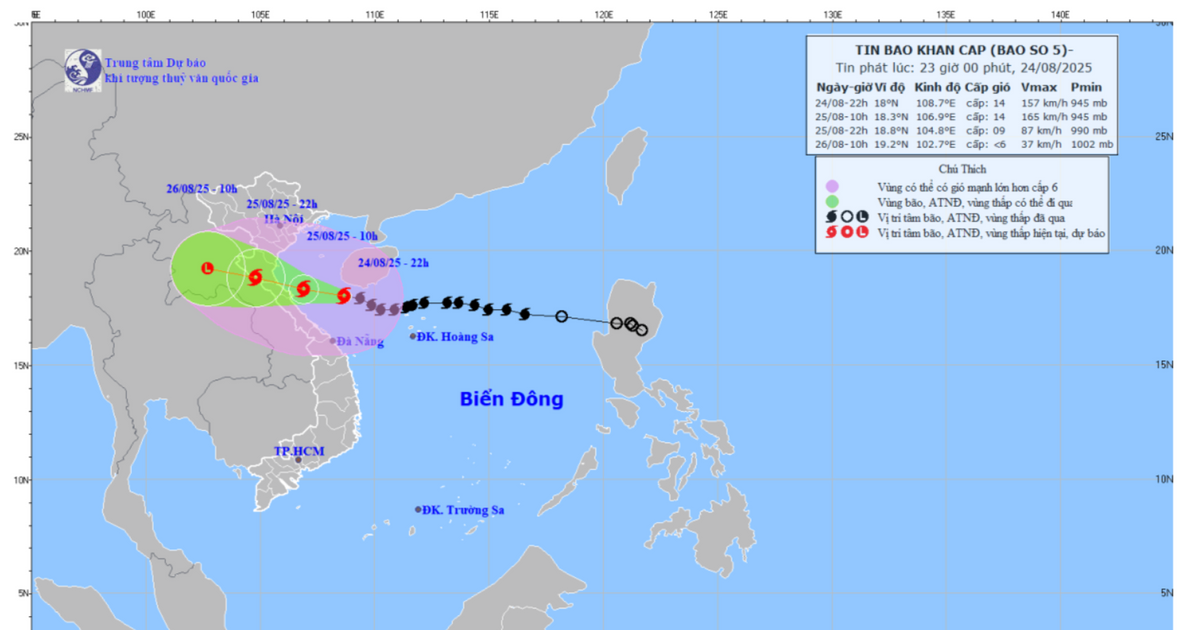




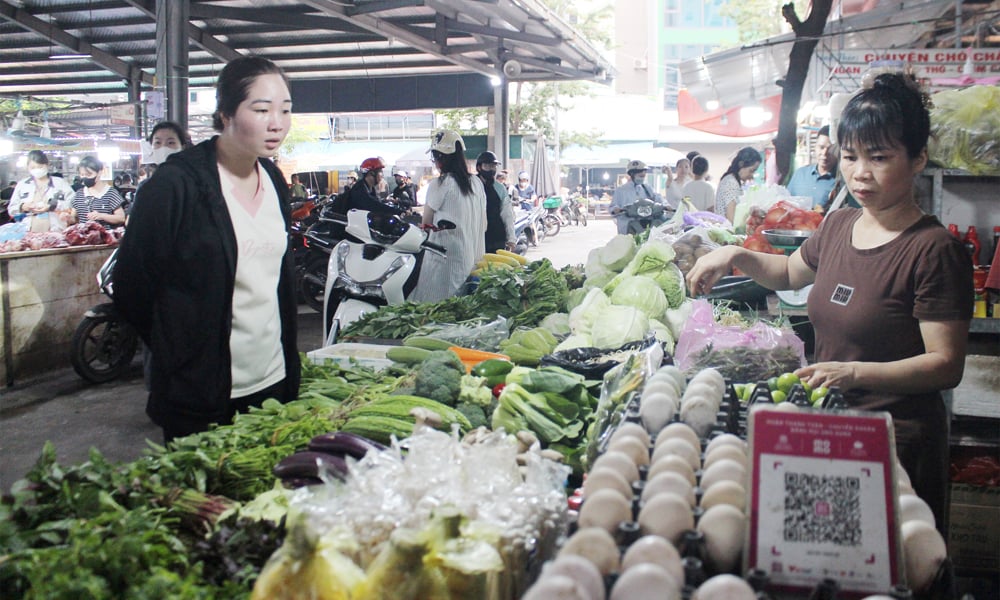

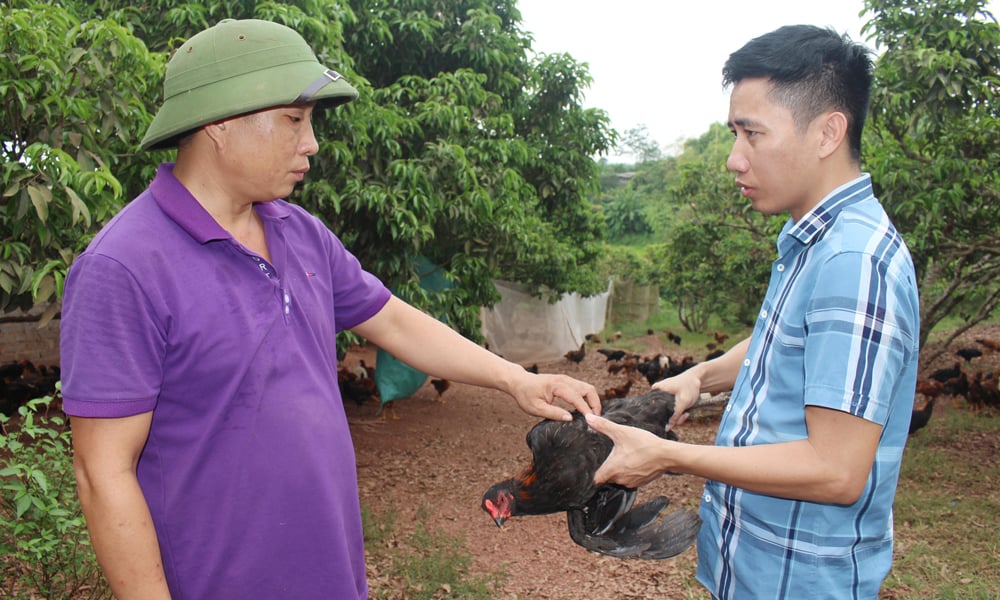
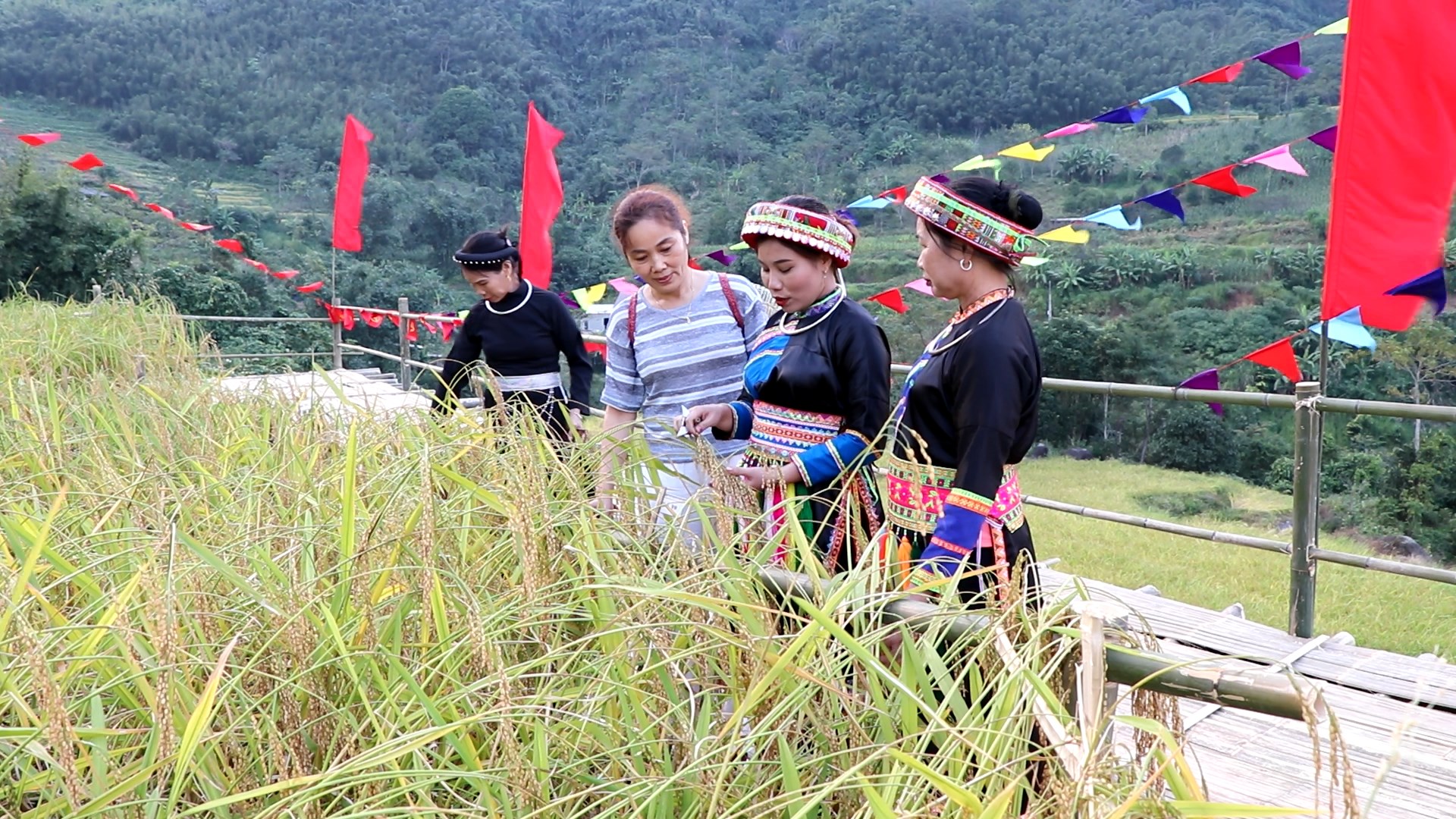











Comment (0)